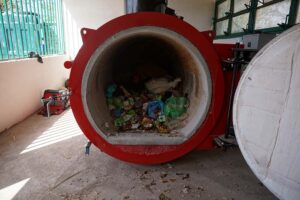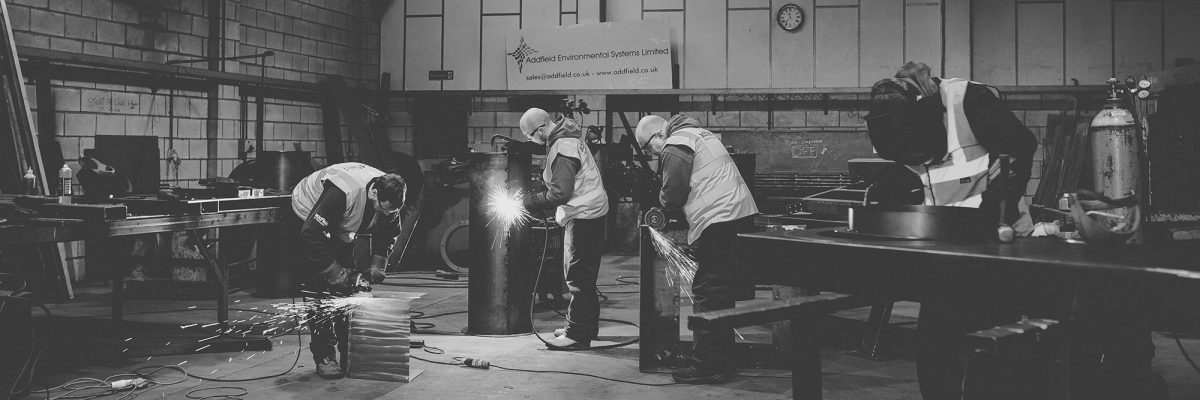The Incineration Process:
Biomedical waste is any waste that is generated during the diagnosis, treatment or immunisation of human beings or animals. It includes items like syringes, needles, surgical gloves, bandages, and other materials that come into contact with bodily fluids. Biomedical waste is considered hazardous because it can transmit infectious diseases and pose a risk to public health and the environment.
One of the most effective methods for disposing of biomedical waste is incineration. Incineration is a process that involves burning waste materials at high temperatures until they are reduced to ash. This process is highly effective in destroying pathogens and other hazardous materials that may be present in biomedical waste.
The process of incinerating biomedical waste involves several steps. First, the waste is collected and transported to a designated incineration facility. At the facility, the waste is sorted and separated into different categories based on its type and level of hazard. This is important because different types of waste require different incineration temperatures and durations.
Once the waste has been sorted, it is loaded into the incinerator and burned at high temperatures. The temperature of the incinerator is carefully monitored and controlled to ensure that the waste is burned completely and that no harmful emissions are released into the environment.
After the waste has been burned, the remaining ash is collected and disposed of in a landfill. The ash is typically non-toxic and can be safely disposed of in a landfill without posing a risk to public health or the environment.
There are several benefits to incinerating biomedical waste. First, it is highly effective in destroying pathogens and other hazardous materials that may be present in the waste. This helps to prevent the spread of infectious diseases and reduces the risk of contamination.
Second, incineration is a safe and efficient method for disposing of biomedical waste. It is a highly regulated process that is closely monitored to ensure that no harmful emissions are released into the environment.
Finally, incineration is a cost-effective method for disposing of biomedical waste. While there are costs associated with transporting and incinerating the waste, these costs are often offset by the savings that are realized through reduced risk of contamination and lower healthcare costs.
Incineration is a highly effective method for disposing of biomedical waste. It is a safe and efficient process that helps to prevent the spread of infectious diseases and reduce the risk of contamination. If you are looking for a reliable and cost-effective method for disposing of biomedical waste, incineration may be the right choice for you.

To find out more about the medical range of incinerators available from Addfield click here
To learn more about the C100 Click here
Read the Nigerian Navy Containerised Medical Waste Incinerator Case Study Click here
Read the Vaccination Centre Medical Waste Incinerator Case Study Click here
Want to learn more about Medical Waste Visit these pages :
https://addfield.com/what-is-medical-waste-incineration/
https://addfield.com/how-does-a-medical-waste-incinerator-work/


